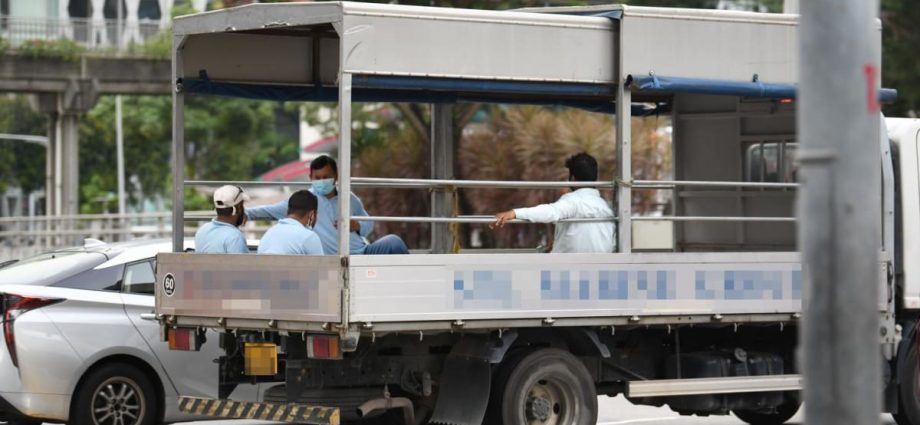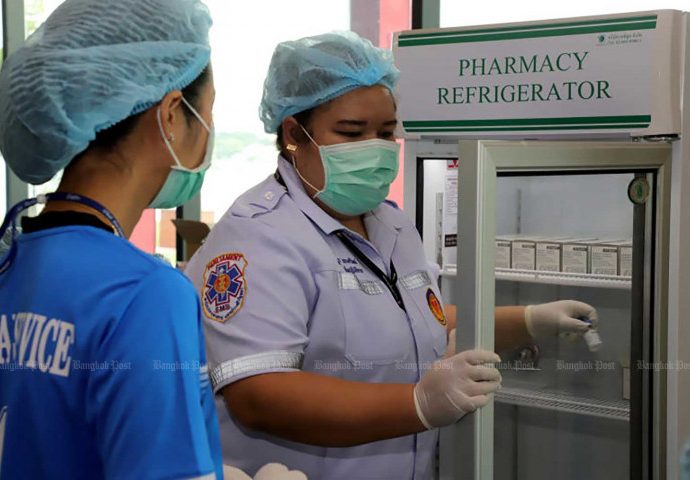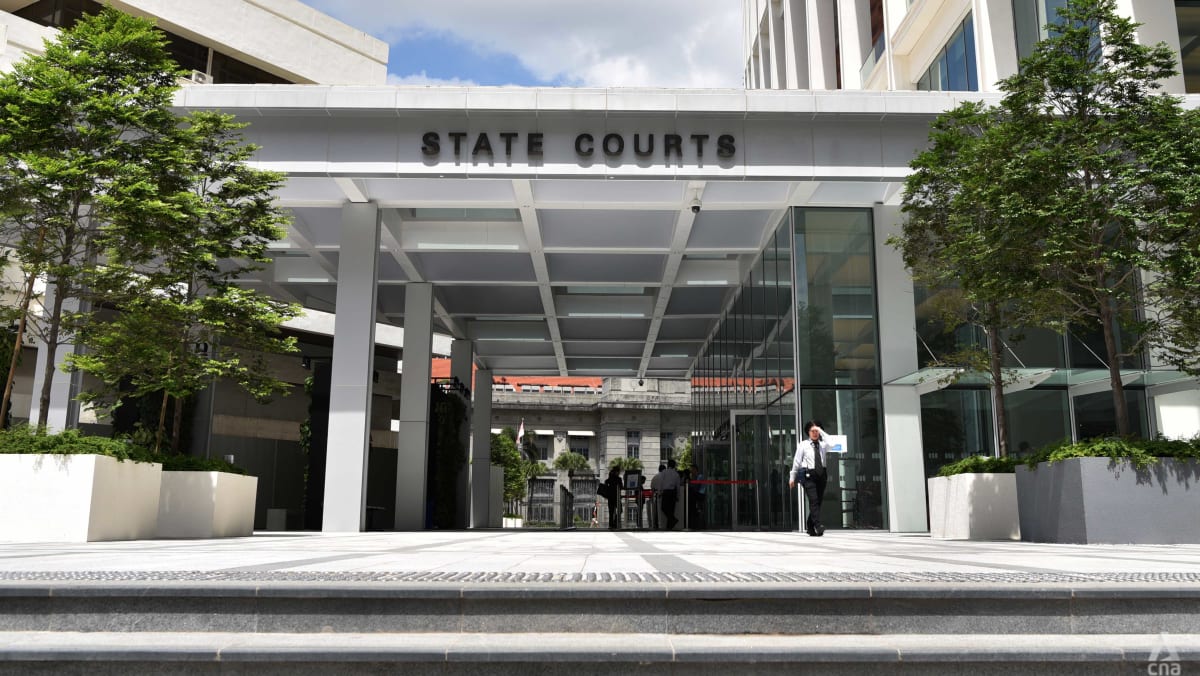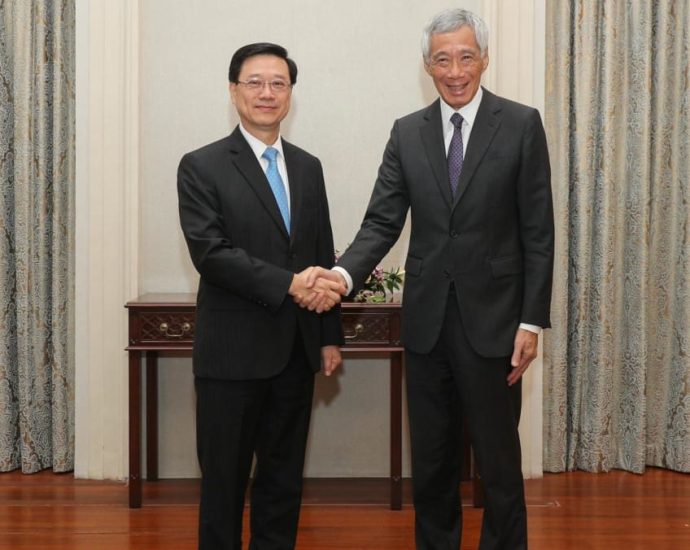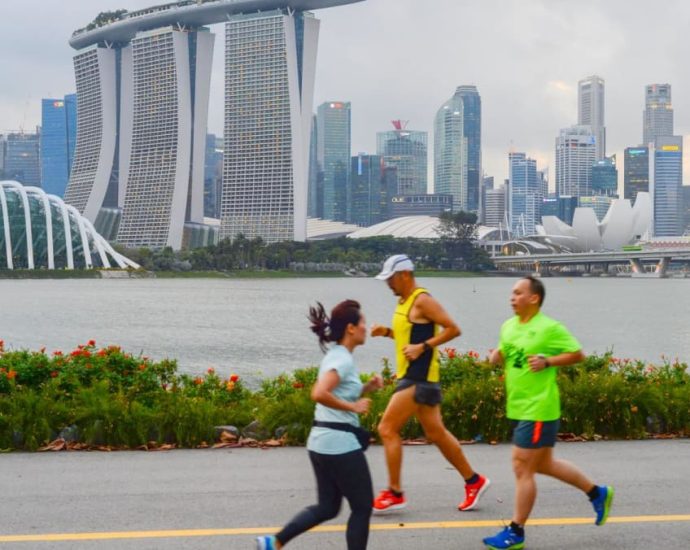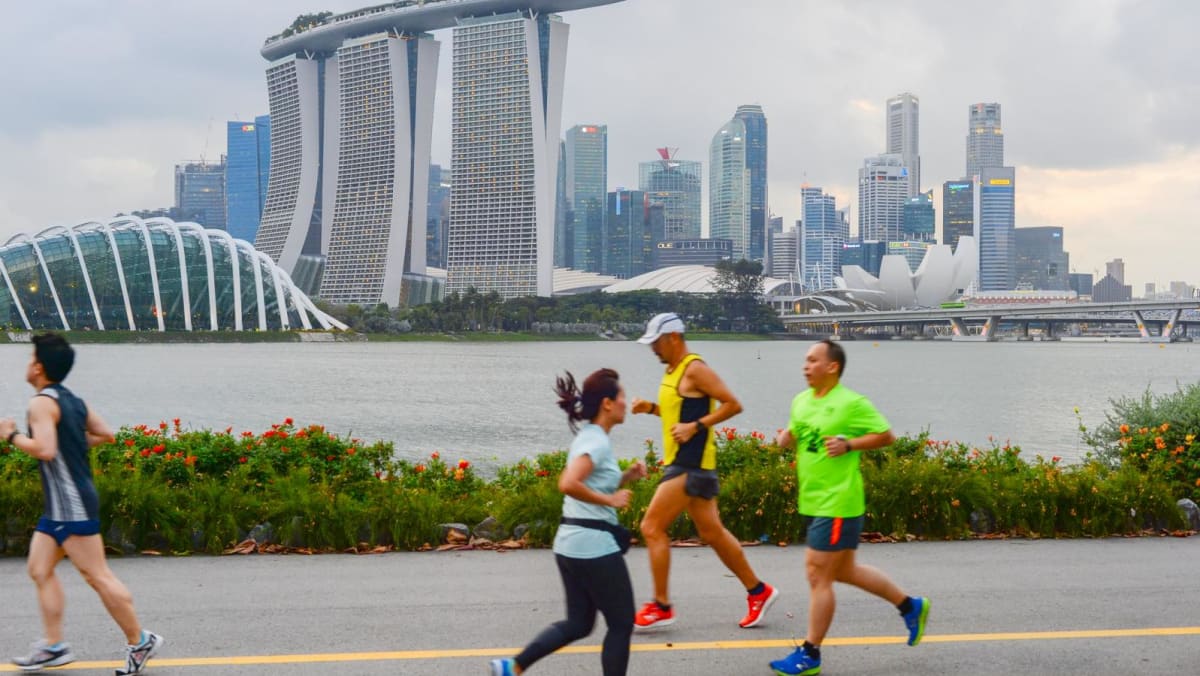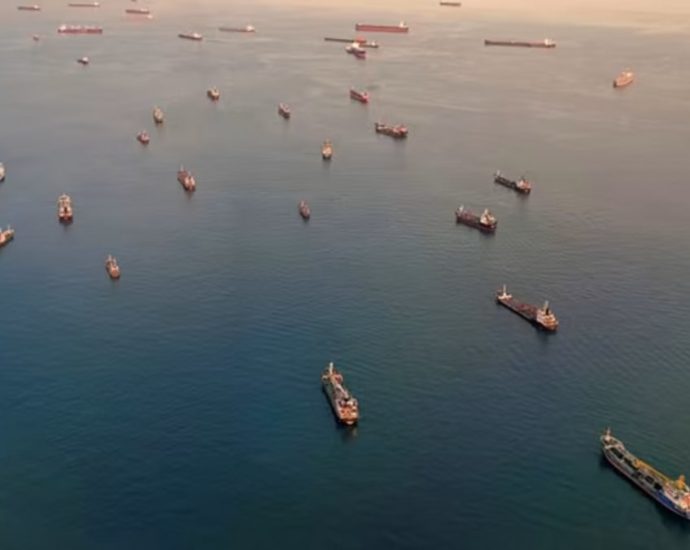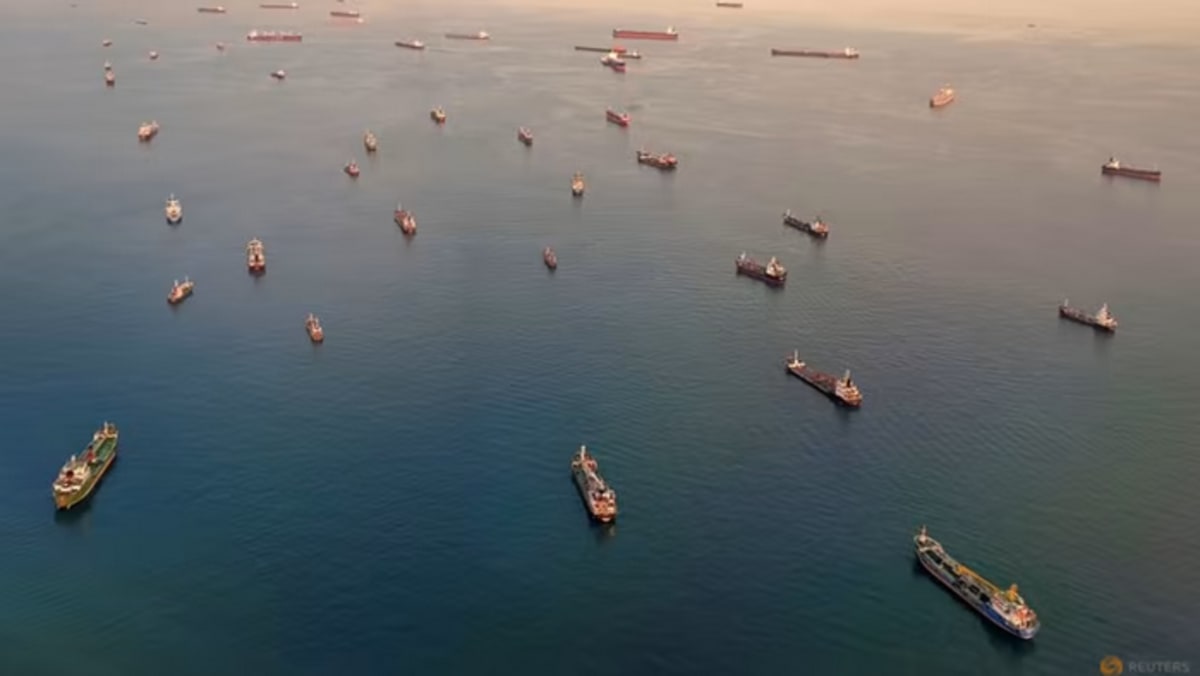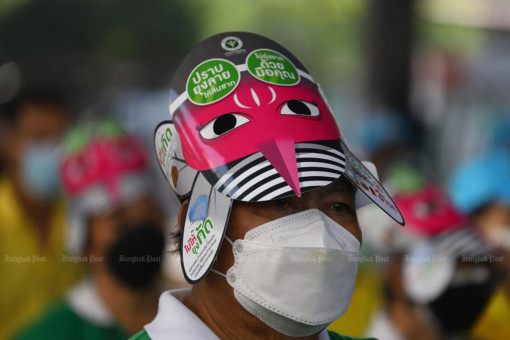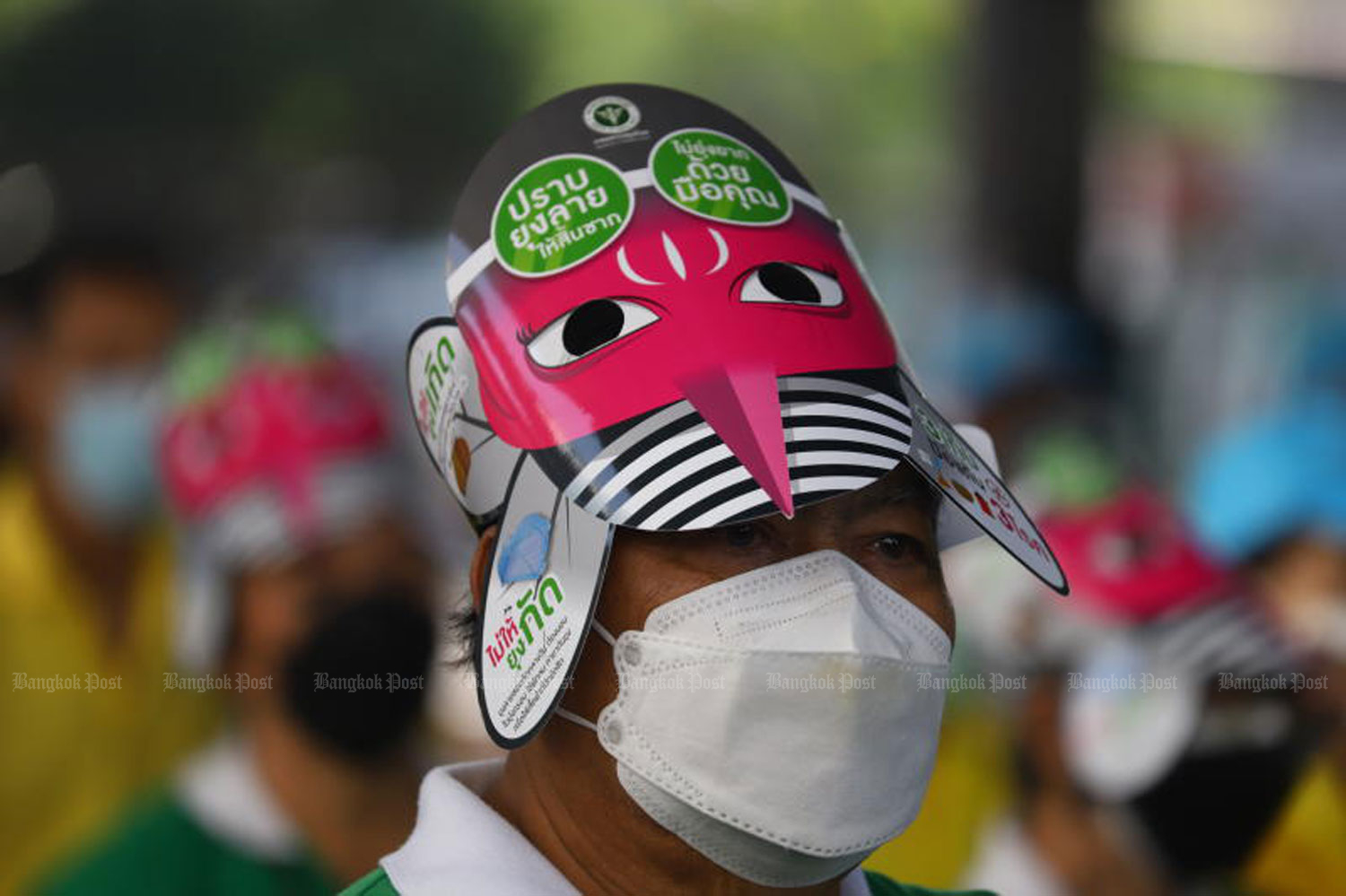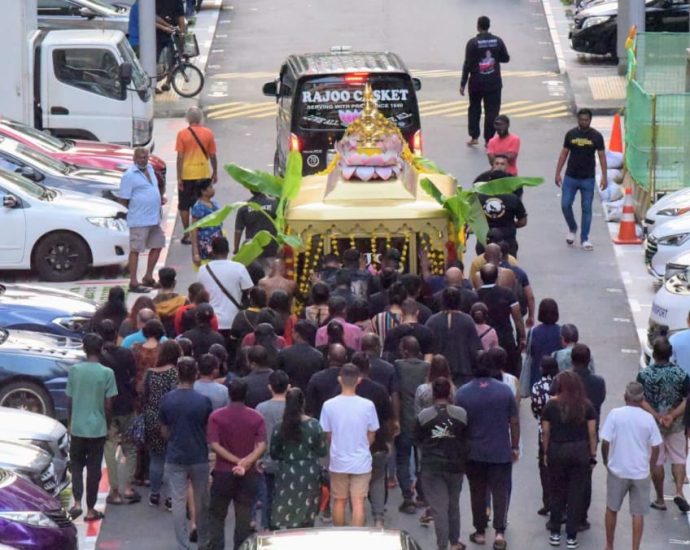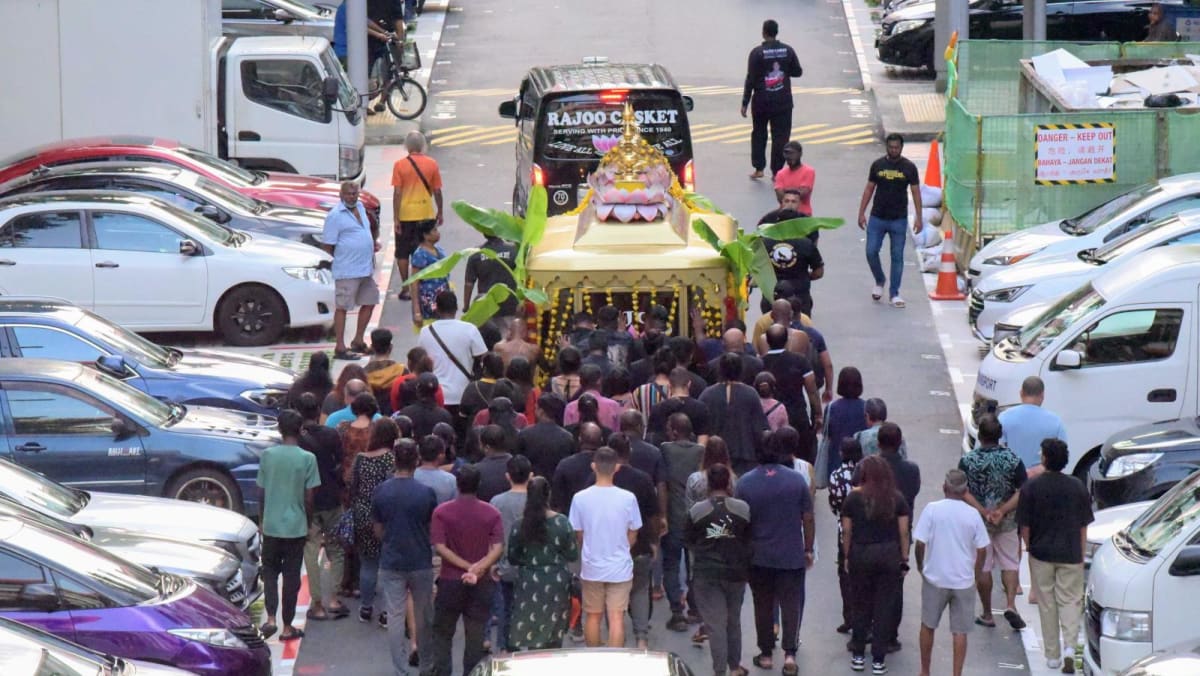Migrant worker rights groups in Singapore call for timeline to ban transporting workers in lorries

“By communicating an intention to ban this unsafe practice according to a timeline, we can send a powerful message about our commitment to ensuring the well-being of all workers in Singapore, regardless of their nationality or occupation.”
The statement called on the Transport Ministry to provide a timeline of measures that work towards the removal of an exception in the law that allows workers to be transported in lorries and a timeline for when workers can be transported safely on vehicles with seats and belts.
It pointed out that there are rules stating that equipment must be secured so that they do not fall or shift during transit.
But belts are not required for workers on lorries, which “increases the risk of injuries in case of a collision or abrupt stops”.
“We must build a society where empathy guides our actions, and where every individual can work and live in safety and dignity,” the statement said.
Earlier this month, MP Louis Ng (PAP-Nee Soon) raised an adjournment motion on the matter.
“Over the years, we have done so much to make transport safer for our children taking the school bus and soldiers in (Singapore Armed Forces) tonners, but we still continue to transport our workers in unsafe conditions on the back of lorries. Why the double standards?” he asked.
“The worker sitting on the back of a lorry is also someone’s son, brother or father, someone’s loved one,” he said.
In response, Senior Minister of State for Transport Amy Khor said the number of injuries and fatalities has fallen, but the ministry does want to do more and do better.
She also highlighted challenges such as insufficient private buses and bus drivers, adding that a wider shift to mandate the use of buses to ferry workers would likely exacerbate the manpower crunch.

